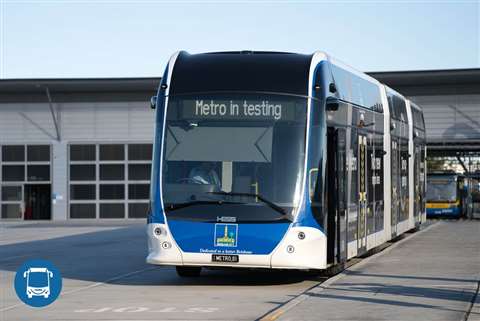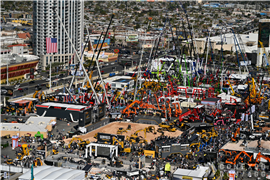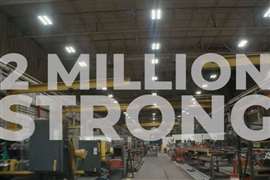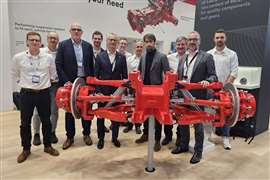Big order for Hess buses from Brisbane Metro
11 August 2022
Battery electric buses to be used in flexible transport system
Brisbane City Council’s Brisbane Metro project has reached a major milestone, officially ordering 60 high-capacity battery electric vehicles from Swiss bus manufacturer Hess. The announcement followed extensive on-road testing of the pilot metro, a customized version of the Hess lighTram 25 bus.
 Brisbane Metro in Australia has order 60 high-capacity battery electric vehicles from Swiss manufacturer Hess. (Photo: Hess)
Brisbane Metro in Australia has order 60 high-capacity battery electric vehicles from Swiss manufacturer Hess. (Photo: Hess)
HESS’ CEO, Alex Naef, said the company was delighted to work collaboratively with Brisbane City Council on this landmark Australian-first transport project. “It is a great honour to contribute to this outstanding public transport system. The lighTram 25 offers something unique in the Australian transport sector: a vehicle capable of quietly, efficiently and sustainably transporting large numbers of people, all while providing an elevated passenger experience.”
Naef said the full order is significant for Hess, reaffirming its belief that the combination of the lighTram 25 and flash charging technology is an attractive solution for public transport systems around the globe.
“This is a flexible transport system that is not reliant on rail infrastructure and can easily be adapted for different transport routes because of the vehicle’s manoeuvrability. Over the full lifetime of the vehicle, the lighTram 25 offers cities one of the most cost-effective solutions for improving public transport and reaching governments’ sustainability goals,” Naef said.
The 24.5 m bi-articulated, battery electric vehicle arrived in Australia’s third most populated city (Brisbane has a population of 2.28 million) in April. Following acceptance testing, the pilot metro was road-tested. The detailed evaluation included busway performance, manoeuvrability, speed, acceleration, braking, energy consumption, recharging, passenger accessibility and the overall driver experience.
“Brisbane City Council, Hess and key stakeholders spent considerable time developing what is set to become one of the most accessible public transport options in Australia,” Naef said. “The metro has been uniquely co-designed with three large and easily accessible mobility aid bays in the first compartment, an automatic electric ramp, hearing loops and the ability to communicate with the driver via vehicle help points, among other features. Throughout the vehicle design and testing campaign the project worked closely with accessibility advocates and residents with lived experience to test the accessibility and user-friendliness of the pilot metro. Driver feedback has also been very positive with driving stability and vehicle manoeuvrability two key themes that are rated highly by drivers.”
The metros will be powered by a flash charging system with manufacturing for charging infrastructure well underway. The charging solution for end of route charging facilities and the metro depot is being delivered by Hitachi Energy in partnership with Hess and is expected to be completed in time for the introduction of the metro fleet.
“The flash charging system fully charges a metro in under six minutes. That’s exceptionally fast, but we’re mindful that we also needed to keep the batteries light and the vehicles in frequent operation,” said Naef. “Our philosophy is that Hess vehicles are there first and foremost to carry passengers, not batteries.”
Hess Country Manager Peter Dale said that now the order was confirmed production would start on the remaining fleet immediately. “Deliveries of the metro fleet will commence from late 2023.”
The only bus manufacturer in Switzerland, Carrosserie Hess AG employs 350 people in the city of Bellach for the development, manufacture and repair of vehicles. In addition to local production, the company also support and supply licensed partners on five continents with its Co-Bolt modular aluminum body system. The company said the design makes repairs easy and puts the high voltage batteries on the roof of the bus.
POWER SOURCING GUIDE
The trusted reference and buyer’s guide for 83 years
The original “desktop search engine,” guiding nearly 10,000 users in more than 90 countries it is the primary reference for specifications and details on all the components that go into engine systems.
Visit Now
STAY CONNECTED




Receive the information you need when you need it through our world-leading magazines, newsletters and daily briefings.
CONNECT WITH THE TEAM













